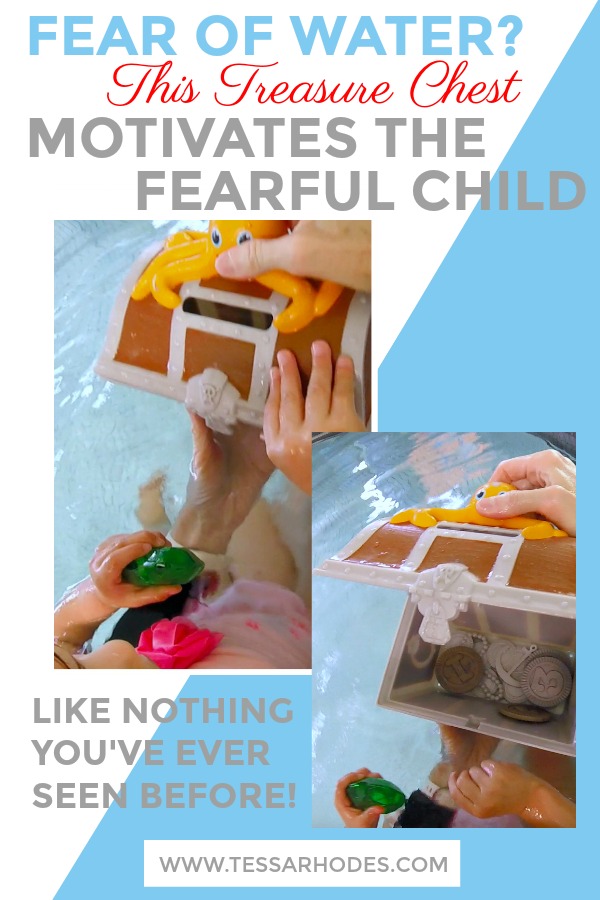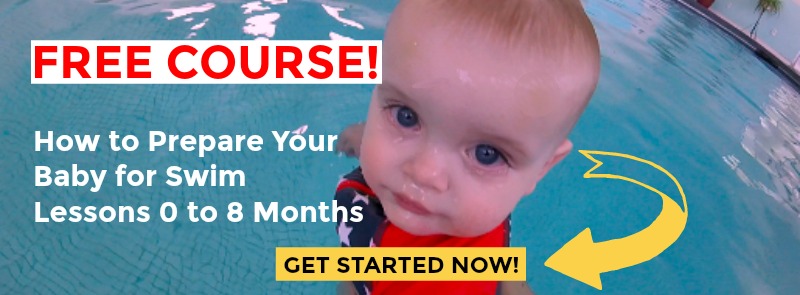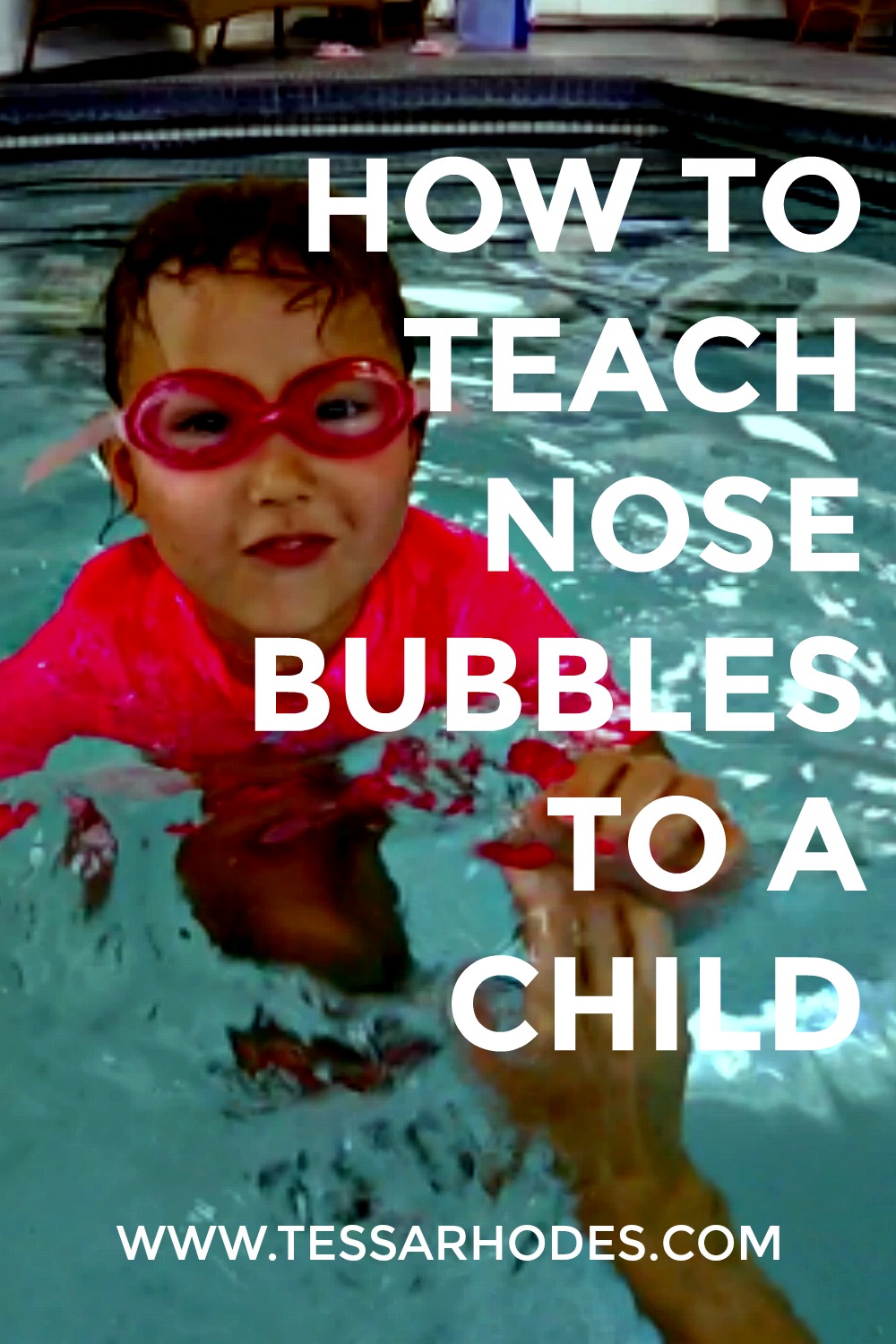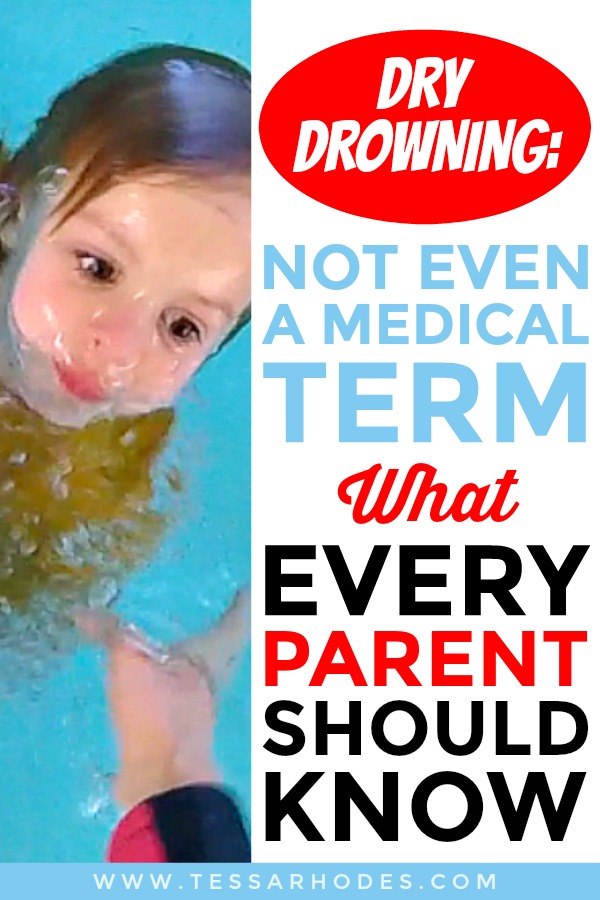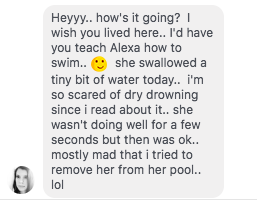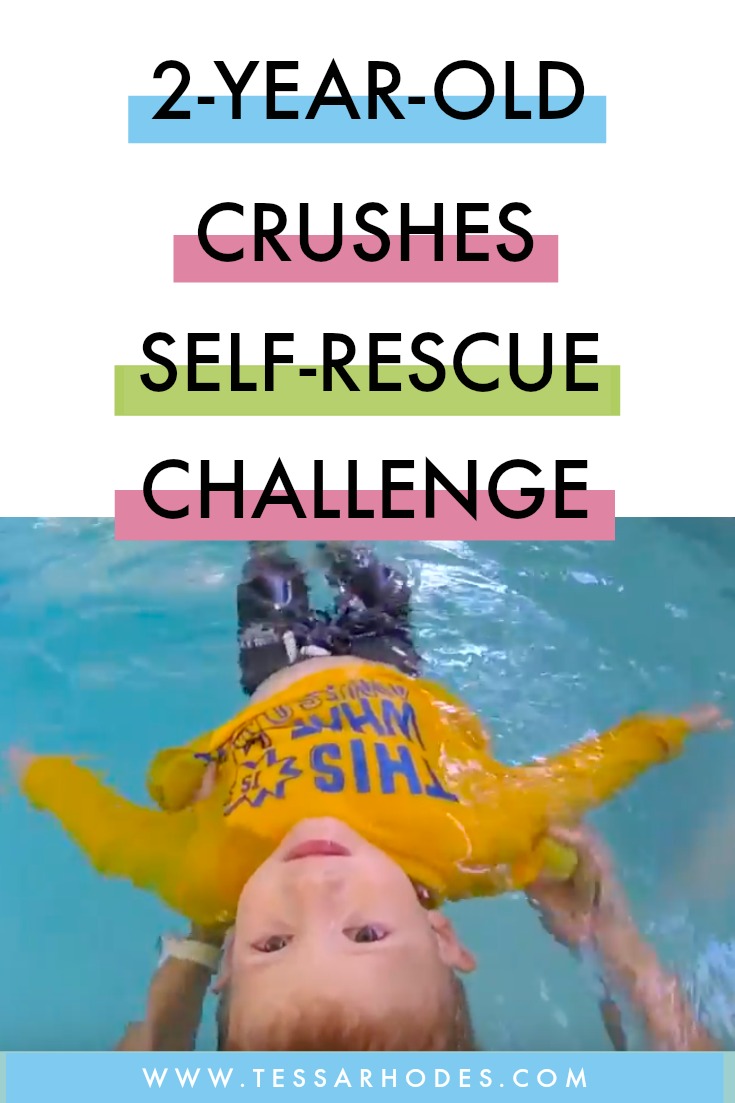
 Melissa & Doug Sunny Patch Undersea Treasure Hunt
Melissa & Doug Sunny Patch Undersea Treasure Hunt
(This post contains affiliate links. This means if you click on an affiliate link and purchase the item, we will receive an affiliate commission at no extra cost to you. Full disclaimer.)
My students love this treasure chest. It comes with four coins and two gems. It’s a fantastic motivational tool.
In fact, a mother of one of my students told me that when it was time to sign up for swimming lessons again, her son said, “I want to go back to the place with the treasure.”
Yes!! That’s what I love to hear!!
I use it mostly to encourage children 15-months-old + to back float. Since most very young children don’t like the feeling of laying back in the water, they do need motivation.
I support them in a back float to the count of three, and then they get to drop a coin through the opening at the top of the treasure chest or drop a gem in the main receptacle. I’ll have them do it three more times then stop unless they want to do more which is usually the case.
Here’s a fun guessing game you can play with the treasure chest
When trying to encourage your child three-years-old + to put her face in the water, this treasure chest is a phenomenal teaching tool. Conceal a piece of treasure in your hand, hold it under the water, and when she puts her face in for a specific amount of time, you reveal it. She’ll be very eager to see what you’re hiding and if she guessed correctly.
Ultimately retrieving the treasure from the bottom is the real purpose of the Melissa & Doug treasure chest which is also one of the ways to help your child learn how to front float.
For more specific instructions on how to teach your child to put their face in the water, front float and back float, please click on the highlighted links.
